Archives
- 2025-12
- 2025-11
- 2025-10
- 2025-09
- 2025-03
- 2025-02
- 2025-01
- 2024-12
- 2024-11
- 2024-10
- 2024-09
- 2024-08
- 2024-07
- 2024-06
- 2024-05
- 2024-04
- 2024-03
- 2024-02
- 2024-01
- 2023-12
- 2023-11
- 2023-10
- 2023-09
- 2023-08
- 2023-07
- 2023-06
- 2023-05
- 2023-04
- 2023-03
- 2023-02
- 2023-01
- 2022-12
- 2022-11
- 2022-10
- 2022-09
- 2022-08
- 2022-07
- 2022-06
- 2022-05
- 2022-04
- 2022-03
- 2022-02
- 2022-01
- 2021-12
- 2021-11
- 2021-10
- 2021-09
- 2021-08
- 2021-07
- 2021-06
- 2021-05
- 2021-04
- 2021-03
- 2021-02
- 2021-01
- 2020-12
- 2020-11
- 2020-10
- 2020-09
- 2020-08
- 2020-07
- 2020-06
- 2020-05
- 2020-04
- 2020-03
- 2020-02
- 2020-01
- 2019-12
- 2019-11
- 2019-10
- 2019-09
- 2019-08
- 2019-07
- 2019-06
- 2018-07
-
These mutations induce the gene auto activation in
2024-05-10

These mutations induce the gene auto-activation in 10–40% of adenocarcinomas, triggering the EGFR-signaling pathway in the absence of ligand. That leads to an uncontrolled acceleration of cell proliferation, survival and anti-apoptotic signals (Couraud et al., 2012). The frequency of these mutations
-
br Material and methods br Results br Discussion
2024-05-09
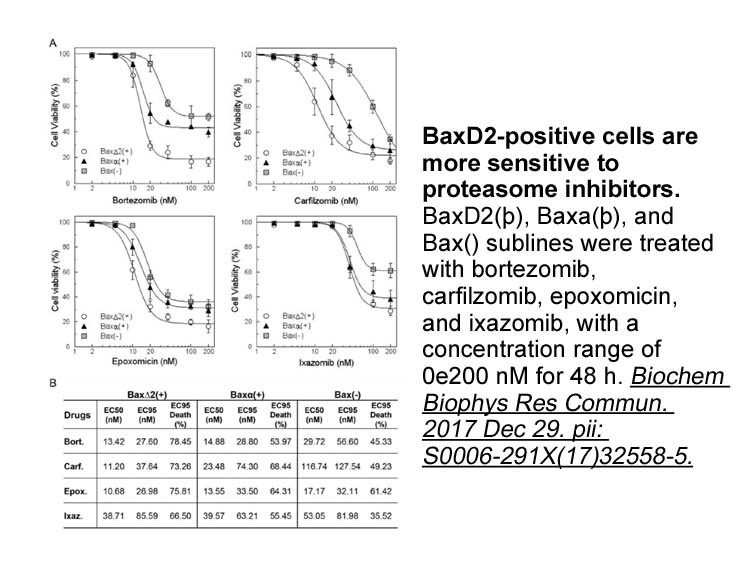
Material and methods Results Discussion To develop a novel regenerative and/or neuroprotective therapy for optic neuropathy, including glaucoma, numerous studies have tested new candidates favorable to RGC survival and axon regeneration. Among the many candidate drugs, AdoR modulators are o
-
AdipoRon is an orally active
2024-05-09
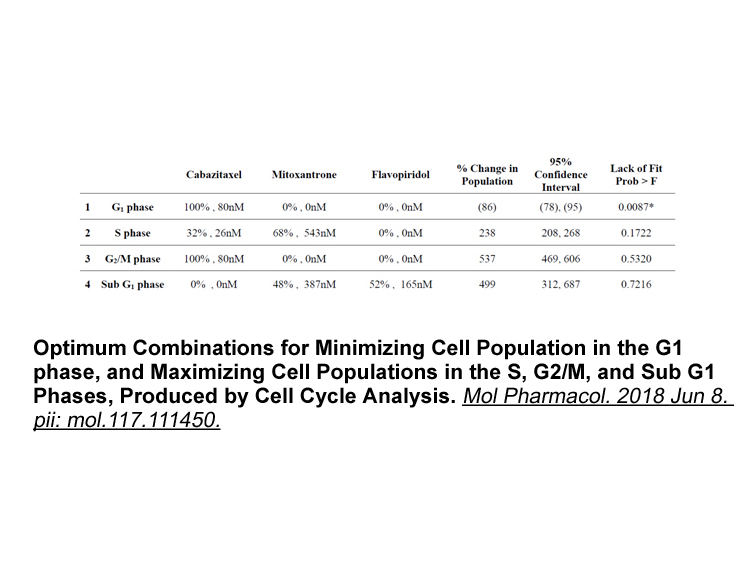
AdipoRon is an orally active, synthetic small molecule that activates adiponectin receptor (AdipoR). It mimics the antidiabetic effects of adiponectin, exhibiting its effect through the activation of AMPK and PPARα pathways via AdipoR1 and AdipoR2, respectively (Fig. 2) [62]. AdipoR activation has r
-
This raises an important question May the lack of ethnolingu
2024-05-09
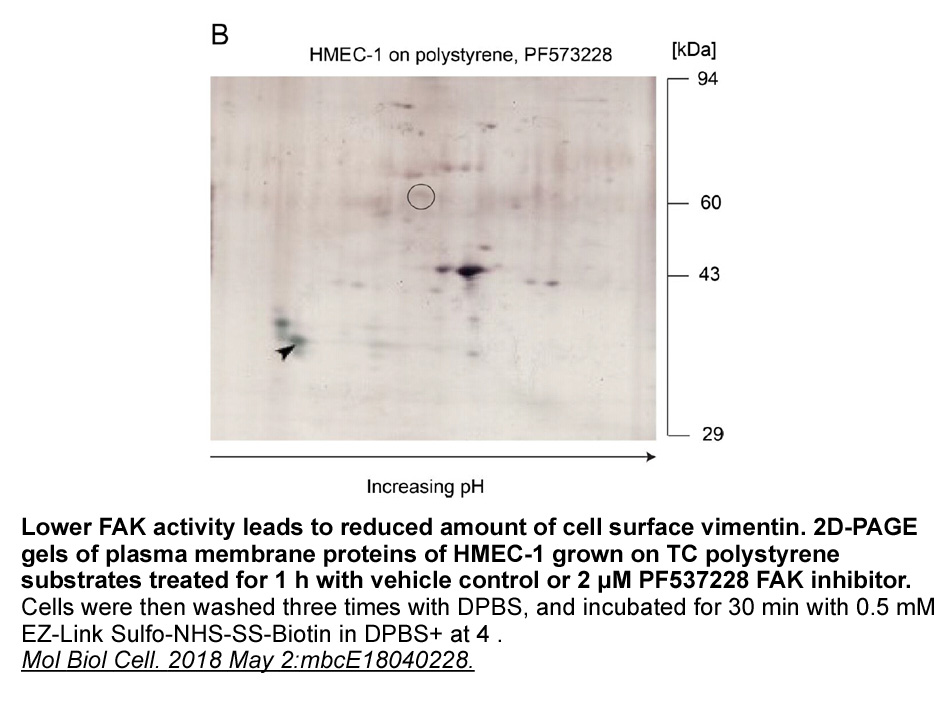
This raises an important question: May the lack of ethnolinguistic theories and of explicit references to language be related to the lack of contact with other groups and their languages? For the past few centuries at least, the Aché seem to have been culturally and linguistically isolated (Hill and
-
Later the same group designed and
2024-05-09
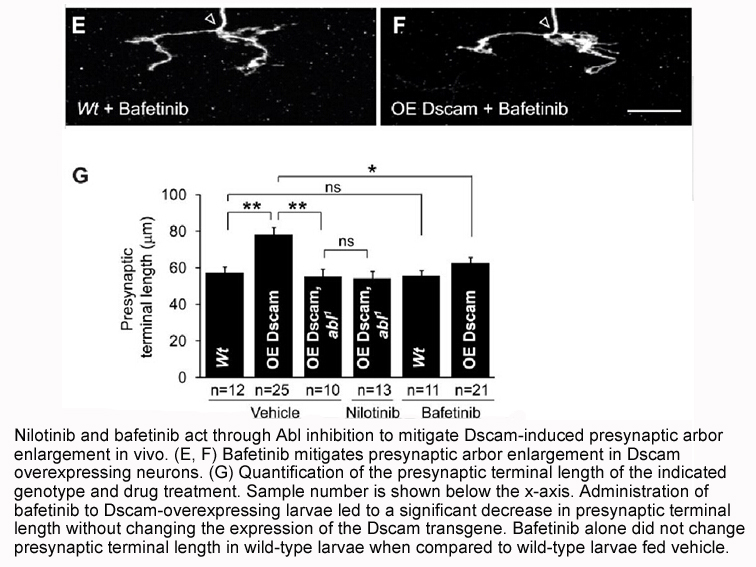
Later, the same group designed and prepared several Δ16-steroidal C17 benzoazoles and pyrazines and evaluated their CYP17 and 5α-reductase inhibitory activities, binding to and transactivation of the AR, as well as their antiproliferative effects against two human PC cell lines (LNCaP and LAPC4) [18
-
Axl which belongs to the
2024-05-09
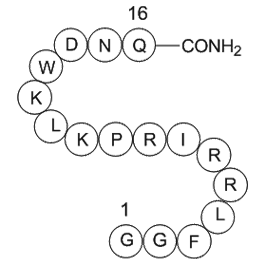
Axl, which belongs to the Tyro-Axl-Mer (TAM) family of RTKs, has been reported to regulate a variety of physiological processes including cell survival, proliferation, migration and adhesion, through the activation of the phosphoinositide 3-kinase (PI3K)/V-akt murine thymoma viral oncogene homolog (
-
Functional enhancers are often composed of binding motifs
2024-05-09
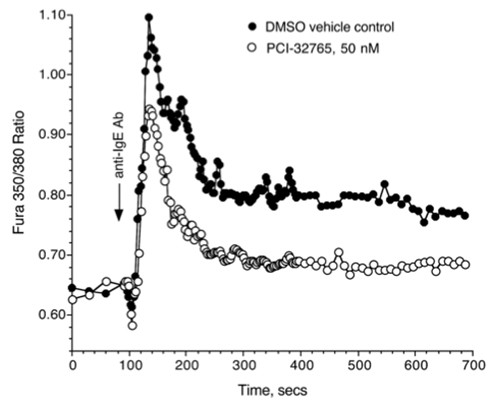
Functional enhancers are often composed of binding motifs of multiple key transcription factors to confer spatial and temporal regulation of genes in a certain context. In the uterus, the difference between the number of genes that have associated PGR occupancy and that of progesterone responsive ge
-
The following are the supplementary data related to
2024-05-09
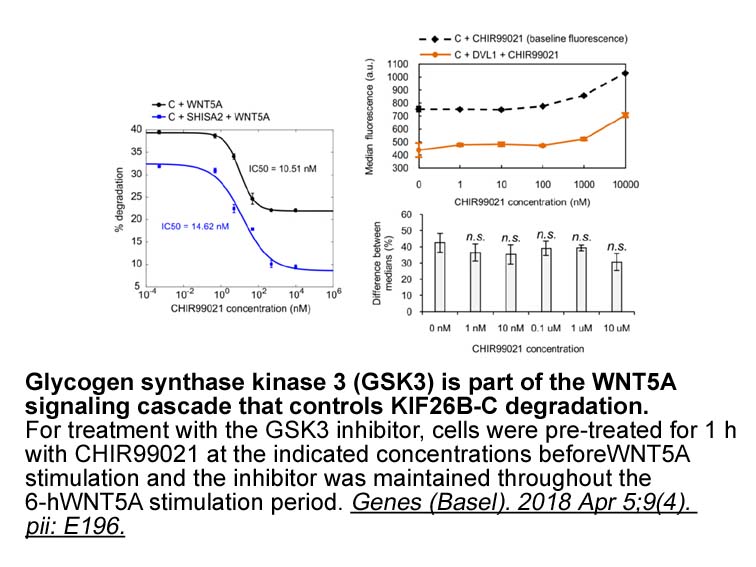
The following are the supplementary data related to this article. Competing interest Ethics approval and consent to participate Authors' contributions Acknowledgements The authors thank Dr. D. R. Kaplan for kind advice and materials derived from NB primary cell lines, Dr. F. D. Miller f
-
Beside estrogen several classes of compounds have shown sign
2024-05-09
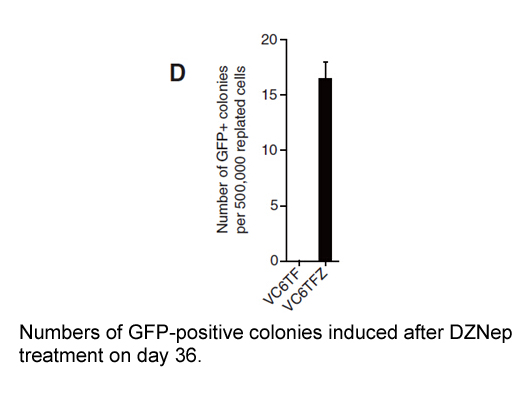
Beside estrogen, several cki australia of compounds have shown significant neuroprotective efficacy when administered shortly after the induction of animal models of stroke, including glutamate (NMDA) receptor antagonists and zinc chelators [25], [26], [27]. Effects of these or other neuroprotectiv
-
br Results br Discussion br STAR Methods br
2024-05-09
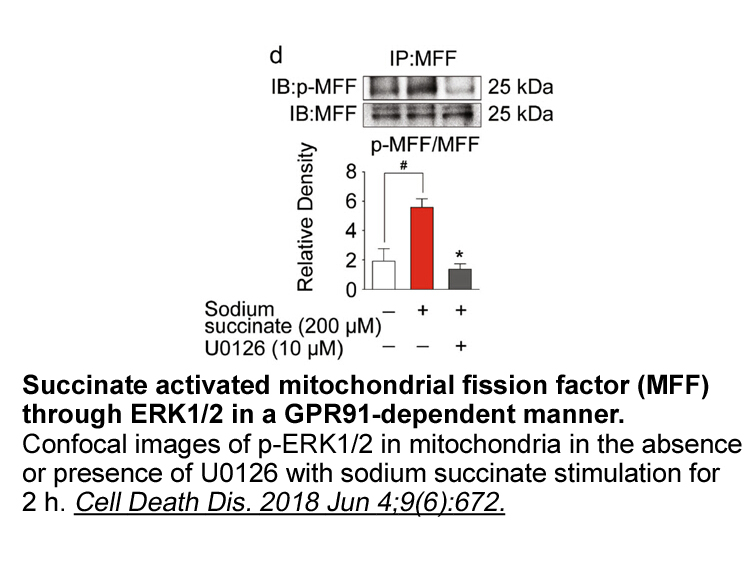
Results Discussion STAR★Methods Author Contributions Acknowledgments We thank Angela Walker for assistance with the manuscript; Junlin Liu, Xiangxiang Gu, Na Chen, Lu Xue, and the BV Core Facility of iHuman Institute for their support; scientists and colleagues at Amgen Inc., Zhulun W
-
To elucidate this relationship we developed a spatial model
2024-05-08
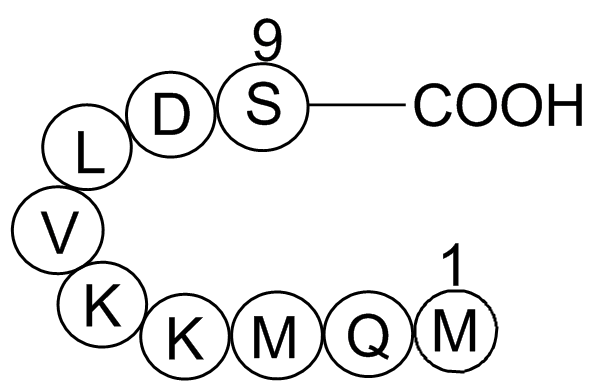
To elucidate this relationship, we developed a spatial model of Ca-influx through N-methyl-D-aspartate receptor (NMDAR), CaMKII/PP1 activation, and AMPAR insertion in a realistic spine geometry. Using this model, we show that i) variables in membrane voltage mediated Ca-influx, particularly the numb
-
In the present study AP B
2024-05-08
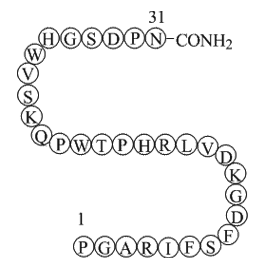
In the present study, AP31-B preferentially released hydrophobic tolbutamide mg such as leucine and alanine from N-terminal of peptide (Fig. 4). The debittering ability of AP31-B seemed to depend on such substrate specificity, but additional tests against other hydrophobic amino acids are needed to
-
Introduction Epinephrine is an endocrine hormone mainly prod
2024-05-08
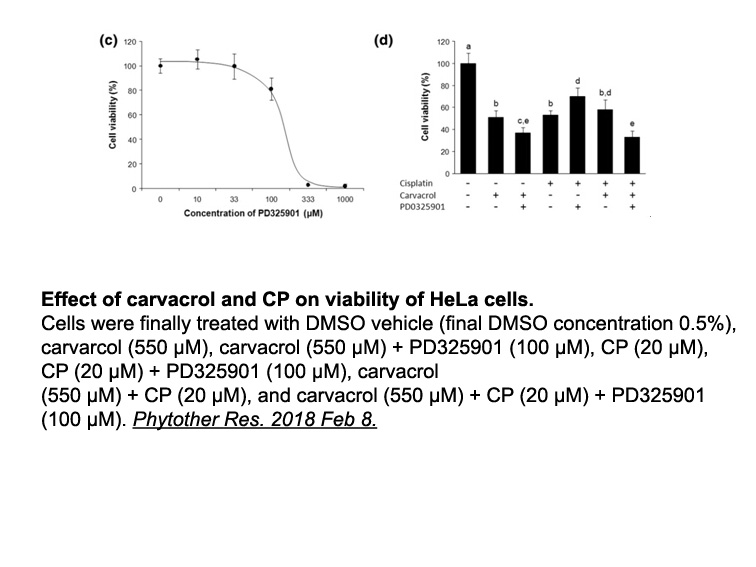
Introduction Epinephrine is an endocrine hormone mainly produced by adrenal medulla in response to stress (Tank and Lee Wong, 2015). This catecholamine exerts various major physiological effects, concerning notably the cardiovascular system, the respiratory system and the endocrine system, through
-
The Cebu Longitudinal Health and Nutrition Survey CLHNS geno
2024-05-08
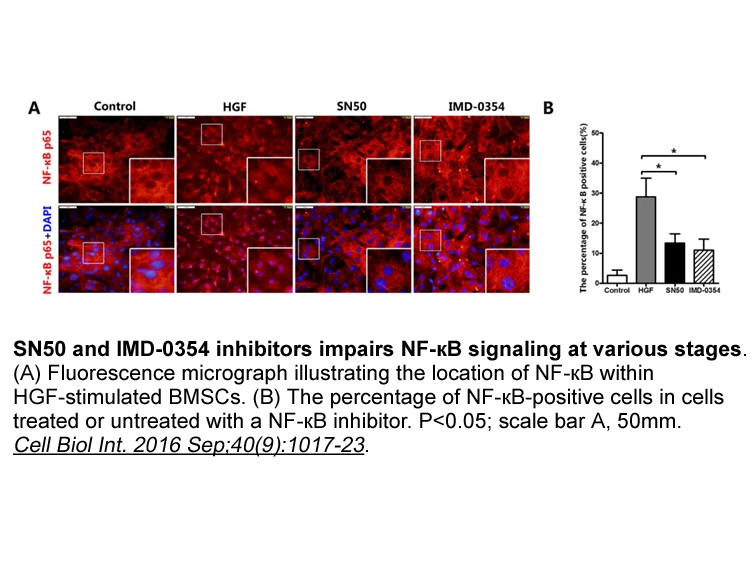
The Cebu Longitudinal Health and Nutrition Survey (CLHNS) genome-wide association study investigated the genetic loci associated with plasma adiponectin in 1776 unrelated Filipino women. Adiponectin was strongly associated with three genetic positions: the gene CDH13 (rs3865188, P ≤ 7.2 × 10−16), ne
-
The Cebu Longitudinal Health and Nutrition Survey CLHNS geno
2024-05-08
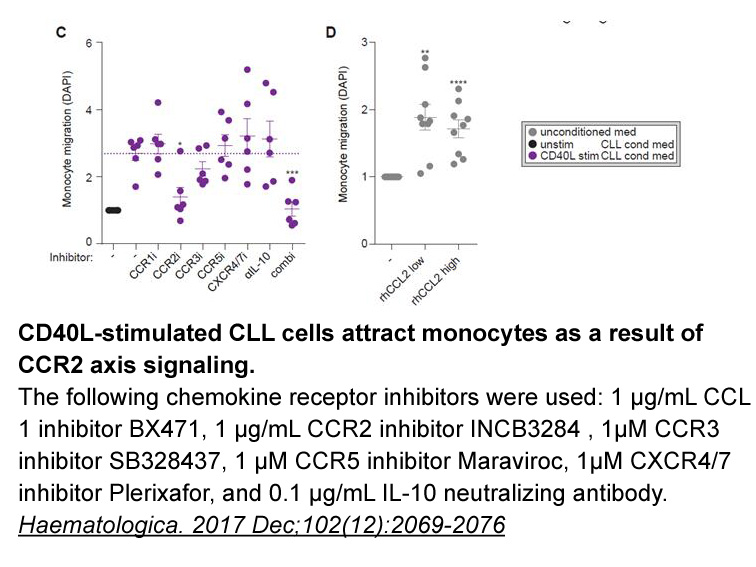
The Cebu Longitudinal Health and Nutrition Survey (CLHNS) genome-wide association study investigated the genetic loci associated with plasma adiponectin in 1776 unrelated Filipino women. Adiponectin was strongly associated with three genetic positions: the gene CDH13 (rs3865188, P ≤ 7.2 × 10−16), ne
15280 records 158/1019 page Previous Next First page 上5页 156157158159160 下5页 Last page